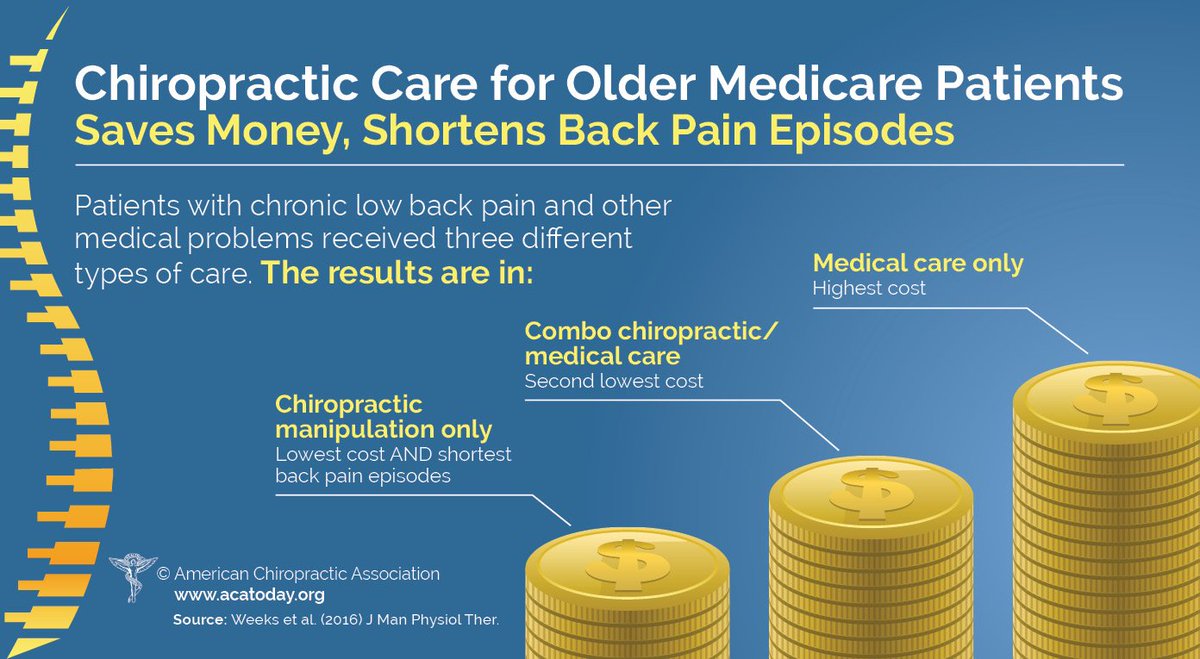The Science Behind Cold Laser Therapy: Comprehending Its Mechanisms And Results
The Science Behind Cold Laser Therapy: Comprehending Its Mechanisms And Results
Blog Article
Write-Up Written By-Harbo Hanna
You may have become aware of cold laser therapy as a promising therapy choice for various problems, but have you ever before questioned exactly how it really works with a mobile level? Comprehending the mechanisms behind this treatment can shed light on its effectiveness in advertising recovery and reducing inflammation. By checking out the science behind cold laser therapy, you'll obtain understandings into the interesting methods which light can influence cellular procedures and promote cells repair.
Exactly How Cold Laser Therapy Works
To understand how cold laser therapy works, you require to understand the basic principles of just how light energy engages with organic tissues. Cold laser therapy, also referred to as low-level laser therapy (LLLT), utilizes particular wavelengths of light to penetrate the skin and target hidden cells. Unlike https://www.medicalnewstoday.com/articles/325884 made use of in surgical procedures, cold lasers give off low levels of light that do not generate warm or cause damage to the cells.
When these mild light waves get to the cells, they're absorbed by components called chromophores, such as cytochrome c oxidase in mitochondria. https://chiropractornearmereviews73951.worldblogged.com/33668626/gain-a-look-right-into-the-future-of-recovery-via-the-utilization-of-cold-laser-treatment-a-cutting-edge-approach-that-uses-unprecedented-pain-alleviation-and-tissue-healing causes a collection of biological actions, consisting of raised mobile energy production and the launch of nitric oxide, which enhances blood circulation and decreases swelling.
Moreover, the light energy can likewise promote the manufacturing of adenosine triphosphate (ATP), the power money of cells, helping in mobile repair service and regeneration procedures.
Fundamentally, cold laser therapy takes advantage of the power of light power to advertise healing and alleviate pain in a non-invasive and mild manner.
Mechanisms of Activity
Exactly how does cold laser therapy actually function to create its healing results on organic cells?
Cold laser therapy, additionally known as low-level laser treatment (LLLT), operates with a process referred to as photobiomodulation. When the cold laser is applied to the skin, the light power passes through the tissues and is taken in by chromophores within the cells.
These chromophores, such as cytochrome c oxidase in the mitochondria, are then stimulated by the light energy, leading to a cascade of biological responses. One essential device of activity is the enhancement of mobile metabolic rate.
The taken in light energy boosts ATP production in the mitochondria, which is essential for cellular feature and repair work. In addition, cold laser treatment assists to minimize swelling by preventing inflammatory arbitrators and promoting the launch of anti-inflammatory cytokines.
This anti-inflammatory impact contributes to discomfort relief and tissue recovery.
Healing Effects
Recognizing the restorative effects of cold laser treatment entails acknowledging exactly how the enhanced cellular metabolic process and anti-inflammatory residential or commercial properties contribute to its favorable outcomes on biological cells.
When the cold laser is related to the damaged location, it promotes the mitochondria within the cells, resulting in increased manufacturing of adenosine triphosphate (ATP), which is important for cellular function and repair service. This increase in mobile power accelerates the healing process by advertising tissue regrowth and lowering swelling.
Additionally, the anti-inflammatory properties of cold laser therapy assistance to reduce discomfort and swelling in the targeted area. By inhibiting inflammatory mediators and promoting the launch of anti-inflammatory cytokines, cold laser treatment help in easing pain and improving the total recovery feedback.
This decrease in inflammation not just supplies prompt relief but likewise supports lasting tissue repair service.
Conclusion
Finally, cold laser treatment works by stimulating cellular repair service and cells regrowth with photobiomodulation. Its anti-inflammatory properties supply pain alleviation and minimize swelling by preventing inflammatory moderators.
This therapy uses a thorough approach to healing, providing both prompt alleviation and long-term cells repair advantages.
With its systems of activity, cold laser treatment shows to be an effective and appealing treatment option for a variety of conditions.
